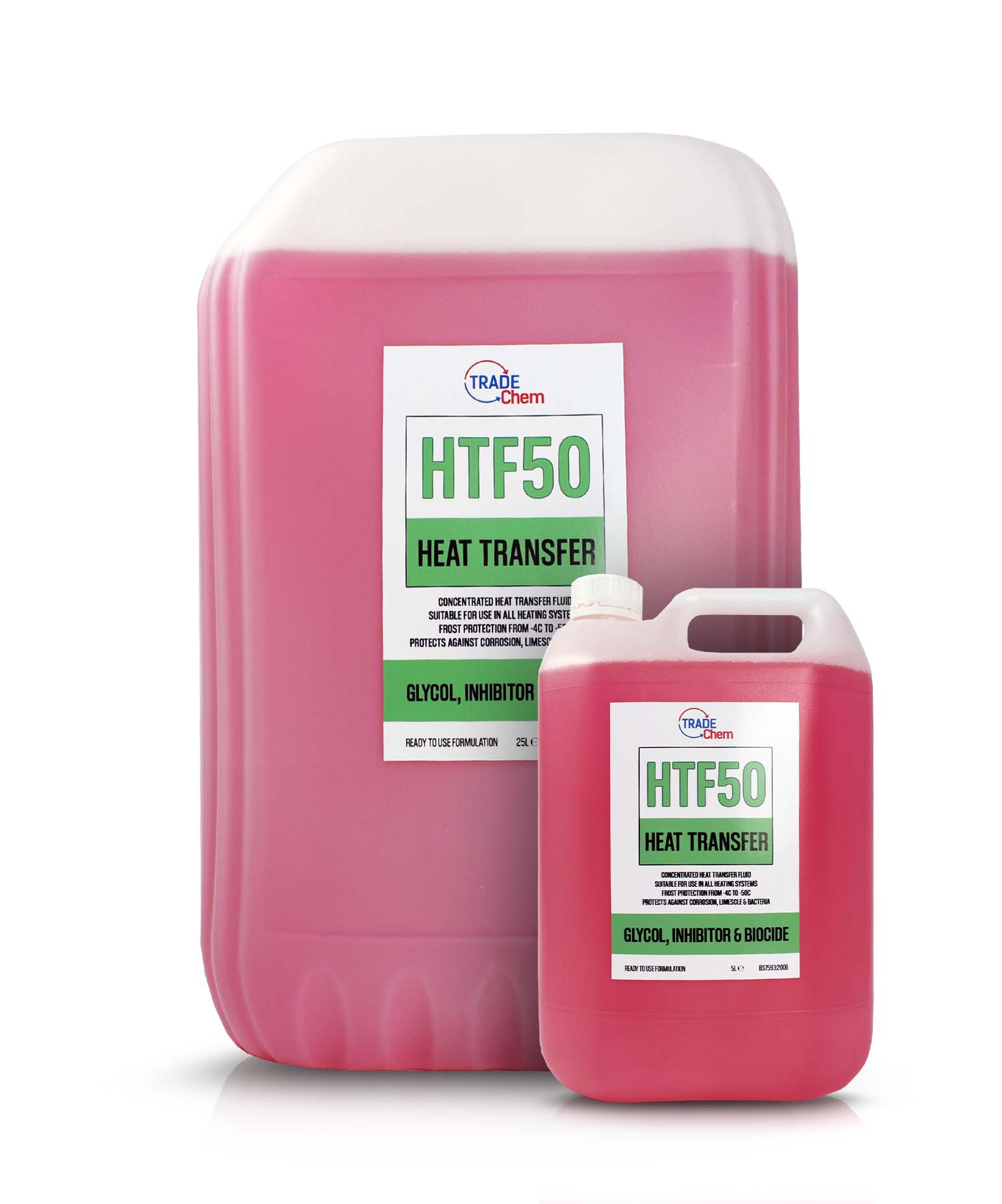The Importance of Thermal Stability in Heat Transfer Fluid Choice
Wiki Article
Why Heat Transfer Liquid Is Vital for Optimizing Power Transfer in Systems
The role of warmth transfer liquids in enhancing energy transfer is essential for accomplishing reliable thermal administration throughout various commercial markets. These liquids promote smooth warmth exchange, ensuring procedures operate within optimal temperature level arrays and reducing the threat of overheating. Their selection, based upon elements like thickness and thermal stability, straight affects the efficiency and sustainability of a system. The details of selecting the right liquid are commonly ignored. What are the crucial factors to consider for this option, and how do they impact both economic performance and environmental obligation in commercial applications?
Function in Thermal Monitoring
Warmth transfer fluids play a critical role in thermal administration by successfully controling temperatures in numerous commercial procedures and systems. These specialized fluids facilitate the transfer of heat in between various parts, making sure optimal operating problems and avoiding overheating. By keeping precise temperature level control, warm transfer fluids allow industries such as chemical manufacturing, oil and gas, and power generation to operate securely and successfully.The choice of a suitable warmth transfer fluid depends upon numerous variables, including thermal security, heat ability, and viscosity. High thermal stability ensures that the liquid can endure severe temperatures without breaking down, while a high warmth capability permits it to absorb and launch significant amounts of heat - heat transfer fluid. Low viscosity minimizes the power required for pumping, adding to total system effectiveness
In addition, warm transfer liquids are indispensable in applications like refrigeration, where they assist soak up and dissipate warmth throughout the cooling cycle. In solar thermal power systems, these liquids capture and transport solar warm to produce electrical energy or offer warm water. Their versatility to diverse operating problems and ability to preserve regular thermal efficiency emphasize their relevance in industrial thermal monitoring, helping with functional continuity and improving precaution.

Enhancing System Effectiveness
To optimize the advantages of thermal administration, enhancing system efficiency with the tactical use heat transfer fluids is paramount. These fluids play a vital role in optimizing energy transfer by promoting constant thermal law, which consequently affects the overall performance and durability of systems. Effective warmth transfer brings about lessened energy losses, lowered functional prices, and boosted reliability of equipment. By preserving optimal temperature level degrees, warmth transfer fluids assist guarantee that systems operate within their made criteria, thus protecting against getting too hot and minimizing the danger of component failure.
Sorts Of Heat Transfer Liquids
The diversity of my link heat transfer fluids highlights their crucial function in a variety of commercial applications, each customized to meet details thermal administration demands. These fluids help with efficient energy transfer and are selected based upon vital properties such as thermal security, thickness, and warm capability. The main types consist of water, glycol services, oils, and synthetics, each offering distinctive benefits.Water is one of the most typical heat transfer medium because of its high specific heat capacity and inexpensive. Nonetheless, its use is restricted by its cold and steaming points. Glycol blends, usually used in HVAC systems, give a lower cold factor, adding versatility in numerous climates. Mineral oils are preferred for their thermal security and non-corrosive nature, making them suitable for high-temperature applications.

Synthetic liquids, consisting of silicone and aromatic compounds, supply remarkable thermal security and are made use of in environments demanding severe temperature level ranges. These liquids make sure remarkable performance in systems where standard liquids might fail. The selection of a heat transfer fluid is critical, as it affects system efficiency, security, and longevity. Each type should be selected to line up with the functional needs and the details conditions of the application it offers.
Environmental and Economic Benefits
Utilizing the best warmth transfer fluids offers substantial ecological and financial benefits for commercial operations. By selecting fluids with exceptional thermal stability and high warm capacity, industries can boost power effectiveness, causing minimized fuel intake and lower greenhouse gas emissions. This contributes to a smaller sized carbon impact and lines up with global sustainability objectives. Eco-friendly heat transfer liquids, usually eco-friendly and safe, reduce the risk of dirt and water contamination in the event of leakages or spills, consequently securing environments and abiding by strict ecological guidelines.Economically, the right heat transfer fluid can considerably decrease operational costs. Fluids with extensive lifecycle efficiency lower the regularity of substitutes and upkeep, lowering downtime and linked expenses. Generally, the calculated use of optimal heat investigate this site transfer liquids sustains lasting financial growth and environmental stewardship.
Selecting the Right Fluid
Just how does one navigate the complex procedure of choosing the best heat transfer liquid for industrial applications? Picking the proper fluid is critical, as it directly affects system effectiveness, safety, and operational prices. Key factors to consider include thermal security, compatibility with system materials, and running temperature variety. Thermal stability makes sure the liquid can stand up to high temperature you can look here levels without deteriorating, while compatibility prevents deterioration or various other detrimental reactions with system parts. The operating temperature array should straighten with the system's requirements to preserve efficiency and durability - heat transfer fluid.Furthermore, the liquid's warmth capacity and viscosity are vital. A high warmth ability allows the liquid to absorb and transfer even more power, boosting performance. Ideal viscosity makes sure very little pump job and reliable warmth transfer, particularly in differing temperature levels. Environmental and safety and security facets need to additionally become part of the decision-making procedure. Safe, eco-friendly liquids minimize ecological effect and conform with regulative standards, reducing obligation risks.
Final Thought
The calculated selection and application of warmth transfer fluids are basic to maximizing energy transfer throughout various systems. By making certain high thermal stability and ability, these fluids supply precise temperature level control and enhance general system efficiency.Report this wiki page